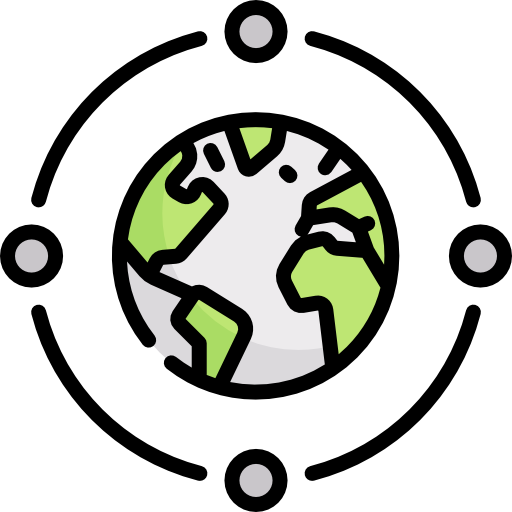The Impact of Technology on New Zealand’s Government and Public Sector
In the modern world, technology has become ubiquitous, with its presence permeating into all aspects of our lives. In New Zealand, the public sector continues to use this technology to increase speed and efficiency of day-to-day operations, as well as to improve communication between government and the public. In this article, we will explore how New Zealand’s government and public sector is being impacted by technology.
Innovative Collaboration
The New Zealand public sector is embracing the possibilities of digital collaboration to create stronger and more effective policies. Projects like the New Zealand Data Futures Forum, which was established to foster conversations between government, the tech sector, civil society, and research, are providing a platform for productive discussion. The forum has allowed heads of state and other leaders to interact with the public and discuss key issues, while leveraging the power of technology.
The COVID-19 pandemic has highlighted the importance of technology in allowing public and private sector organisations to work together. For example, the National Māori Data and Analytic Hub (MAH) was established to provide whānau, hapū, and iwi with access to trusted data, analytical tools, and models to help inform Māori-centric decision-making. The platform has allowed for the centralisation of data and analysis tools, enabling Māori organisations to collaborate more efficiently.
Improved Services and Data Security
Technology is being used to improve the efficiency of services and to safeguard the security of sensitive data. The availability of digital services has enabled more streamlined, cost-effective, and secure methods to deliver services to the public. For example, the New Zealand government recently launched the new Aotearoa NZ digital platform, which is a single point of access to government services. From filing taxes to applying for a visa, the platform provides easy access to all government services and forms, offering greater convenience to the public.
Data security is also being improved through technology. The New Zealand government has invested heavily in data security measures, such as the National Cyber Security Centre and the Cybersecurity Strategy. These measures seek to protect the security of sensitive data and ensure the privacy of individuals.
Advancing Digital Transformation
The New Zealand government is pushing for digital transformation in all areas of the economy, with a focus on enabling digital-first services. The Government Chief Digital Officer (GCDO) is a key role that has been established to drive digital transformation. The GCDO has been tasked with developing strategies that will ensure the successful integration of digital technology into all aspects of public sector operations.
This digital transformation also extends to the public sector workforce. The New Zealand government is actively investing in upskilling its workers in digital technologies, from analytics to artificial intelligence. This will enable the public sector to keep pace with the digital world and create an agile and future-ready workforce.
Conclusion
Technology has opened the door for many innovative collaborations, improved services, and greater data security. These benefits have improved the effectiveness of public sector services, while also paving the way for digital transformation. In New Zealand, the government and public sector are actively embracing technology to drive efficiency and build a better future for the country.
Key Points:
- Technology is being used in the New Zealand public sector to improve collaboration, services, and data security.
- The New Zealand government is embracing digital transformation to drive efficiency and future-readiness.
Takeaways:
- Digital collaboration has enabled more productive conversations between government and civil society.
- Technology has enabled more cost-effective delivery of services, while improving data security.
- The New Zealand government is actively investing in digital upskilling for the public sector workforce.






